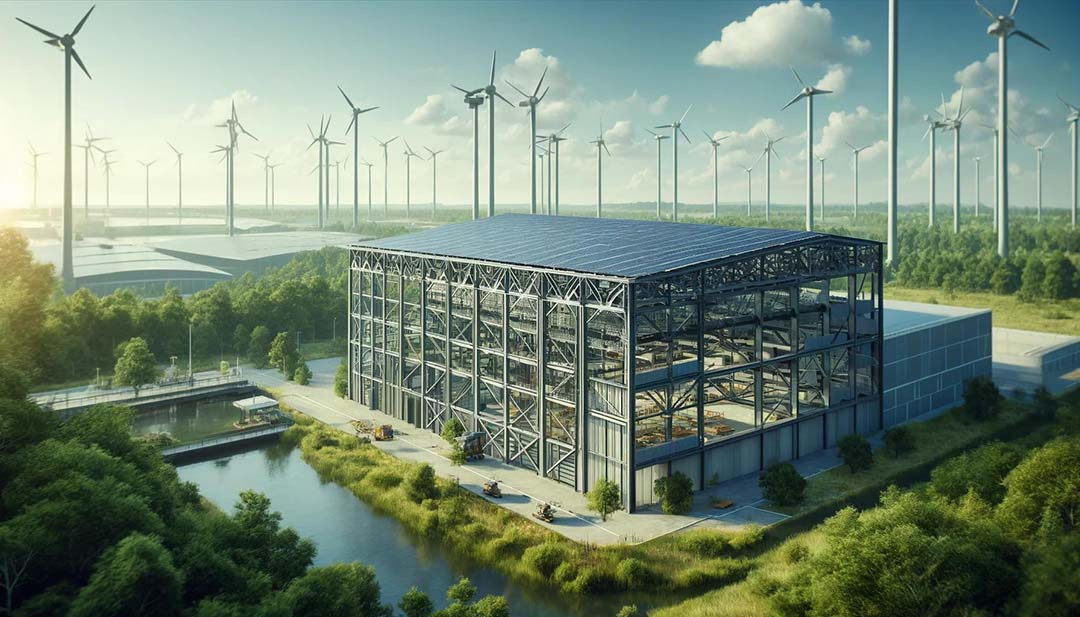When considering erecting a steel building on your land, one crucial question often arises: Do I need planning permission? This article aims to clarify the complexities surrounding planning permissions in the UK, specifically for steel buildings. It’s designed to be easy to understand, targeting an audience equivalent to a high school reading level.
Understanding Planning Permission
Before diving into the specifics of steel buildings, it’s essential to grasp what planning permission is. In the UK, planning permission is a formal approval required for most new developments or significant changes to existing buildings or land. This process ensures that any development aligns with local planning policies and regulations, considering factors like visual impact, environmental effects, and neighbourly concerns.
Do Steel Buildings Require Planning Permission?
The need for planning permission for steel buildings, like any other structure, primarily depends on a few key factors:
Size and Scale
Smaller structures often fall under ‘permitted development rights’, meaning they might not need formal permission. However, larger or more intrusive buildings typically require a planning application. The specifics vary based on your local council’s policies, but as a general rule, larger or taller buildings are more likely to need permission.
Location
Where you plan to build significantly influences the need for permission. Buildings in designated areas such as conservation areas, Areas of Outstanding Natural Beauty, World Heritage Sites, or near listed buildings are more strictly controlled. In these areas, even smaller developments might need permission.
Purpose
The intended use of your steel building also plays a role. Structures used for agriculture on agricultural land, for instance, have different requirements than buildings for residential or commercial purposes.
Existing Structures
If your land already has several structures, adding another might require permission, even if it’s a small building.
The Process of Obtaining Planning Permission
If you determine that your steel building needs planning permission, here’s a basic outline of the process:
Research
Start by consulting your local council’s planning department. They can provide guidance specific to your area and project.
Preparation
You’ll need to prepare detailed plans of your proposed building, showing dimensions, location on your land, and how it relates to surrounding properties. You might need to hire a professional for this step.
Application
Submit your application through the Planning Portal, the UK government’s online planning and building regulation resource. There’s a fee involved, which varies depending on your project’s scale and location.
Consultation and Decision
After submission, your local planning authority will consult neighbours and local bodies, and they might visit your site. The decision process typically takes eight weeks for smaller projects and thirteen weeks for larger ones.
Permitted Development Rights
Some steel buildings may fall under permitted development rights. These are a set of guidelines allowing certain building works and changes to be carried out without needing to apply for planning permission. However, these rights are subject to conditions and limitations, such as:
- Size limitations
- Location restrictions (e.g., not on the front of a property facing a highway)
- Height restrictions
- No impact on neighbouring properties
Key Considerations
Before proceeding, consider these points:
- Always check with your local planning authority first, even if you believe your project falls under permitted development.
- Be aware of any special designations on your land.
- Consider the potential impact of your building on neighbours and the environment.
Conclusion
Whether you need planning permission for a steel building on your land in the UK depends on various factors, including size, location, purpose, and local policies. It’s always wise to consult with your local planning authority before beginning any development. Understanding and following the correct procedures can save you time and resources in the long run, ensuring that your project proceeds smoothly and legally.
Remember, this article serves as a guide and not legal advice. Always seek professional advice for your specific circumstances.








